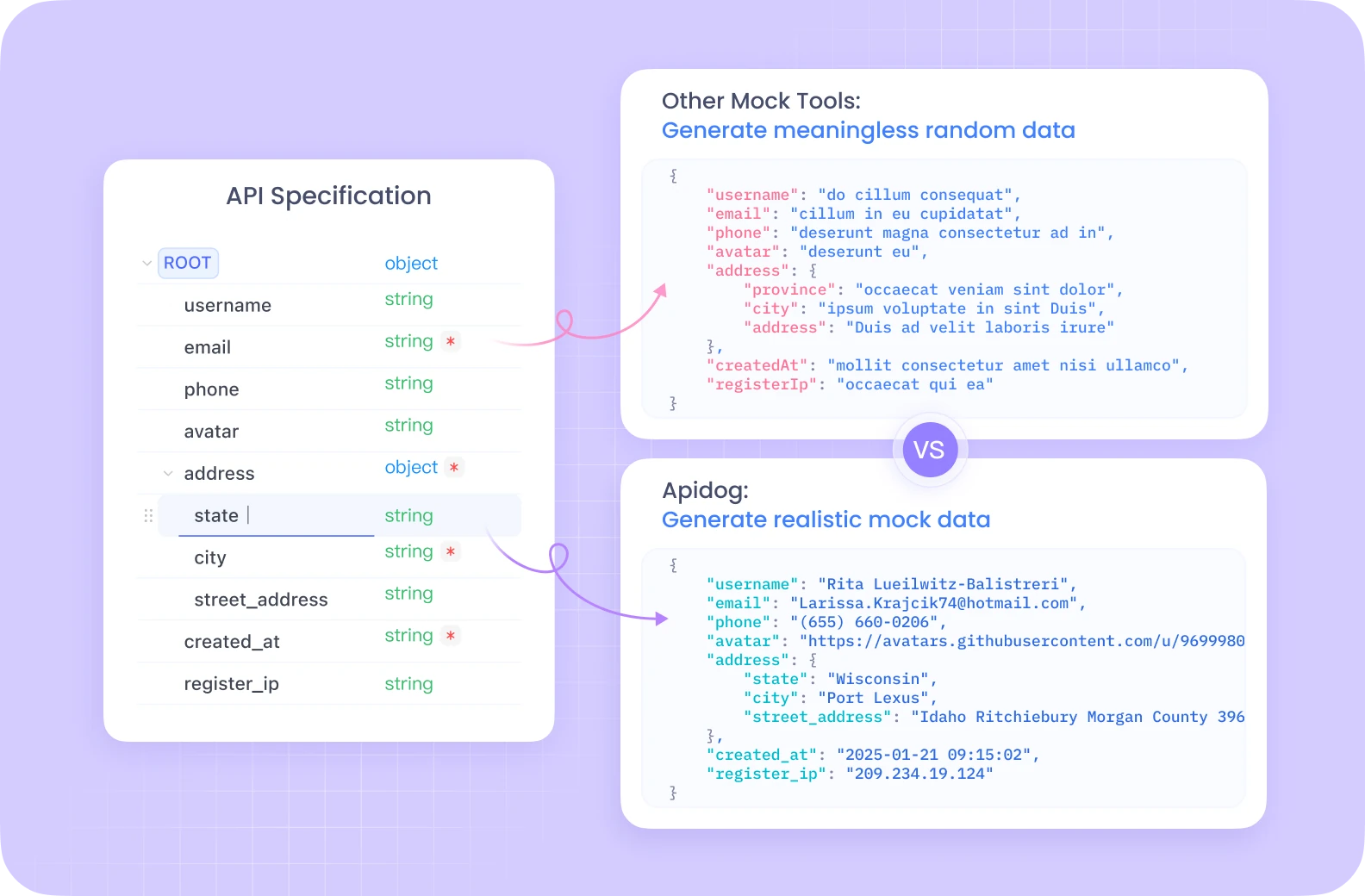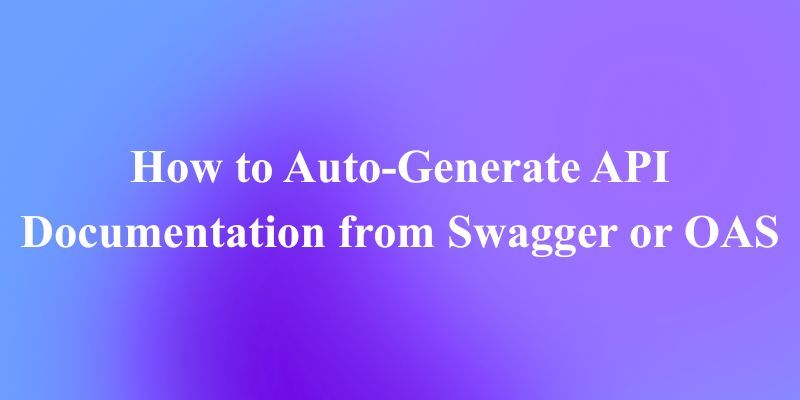Code review is crucial, but it can be a tough grind—especially when you're juggling deadlines. What if you had a tireless AI teammate who could spot bugs, flag security holes, and even suggest cleaner code in seconds? That’s where Codex, OpenAI’s coding genius, comes in. With its 2025 upgrade to GPT-5-Codex, Codex for code review is like having a senior dev on speed dial, ready to review code with Codex and make your PRs shine. Whether you’re a solo dev or part of a team, Codex can transform your review process, catching issues early and cutting workload. In this guide, we’ll explore how to harness Codex for code review, share practical tips for integrating it into your workflow, and highlight why pairing it with human smarts is the ultimate win. Let’s make code reviews less painful and more productive!
Want an integrated, All-in-One platform for your Developer Team to work together with maximum productivity?
Apidog delivers all your demands, and replaces Postman at a much more affordable price!
Why Codex is a Code Review Superstar
First off, why is Codex such a big deal for code reviews? Built on a massive dataset of 159GB of GitHub code and powered by GPT-5-Codex’s 192,000-token context window, Codex doesn’t just skim your code—it understands it. It spots bugs, security risks, and style slip-ups with an accuracy that rivals static analyzers, hitting 88% on LiveCodeBench for issue detection. Unlike traditional tools, Codex for code review dives deep into logic, flags edge cases, and suggests refactoring's that actually make sense. A DataCamp tutorial notes that it catches 30% more subtle bugs (like off-by-one errors) than linters alone.
What’s the magic? Codex reads your entire PR—dependencies, tests, and all—then delivers detailed, human-like feedback. It’s like pair programming with an AI that never sleeps. Plus, it integrates seamlessly into GitHub, VS Code, or CI pipelines, making reviewing code with Codex a natural fit for any workflow. Let’s break down how to put it to work.
Setting Up Codex for Code Reviews
Getting started with Codex for code review is a breeze, whether you’re using the ChatGPT web interface, CLI, or IDE plugins. Here’s the lowdown:
ChatGPT Web with GitHub: Link your GitHub account at chat.openai.com (Pro plan, $20/month, unlocks GPT-5-Codex). Select your repo, then prompt: “Review PR #123 in my-app for bugs and style.” Codex scans the diff, comments directly on the PR thread, and suggests fixes like “Add null check to avoid crash in line 45.” It’s perfect for teams who love browser-based flows.
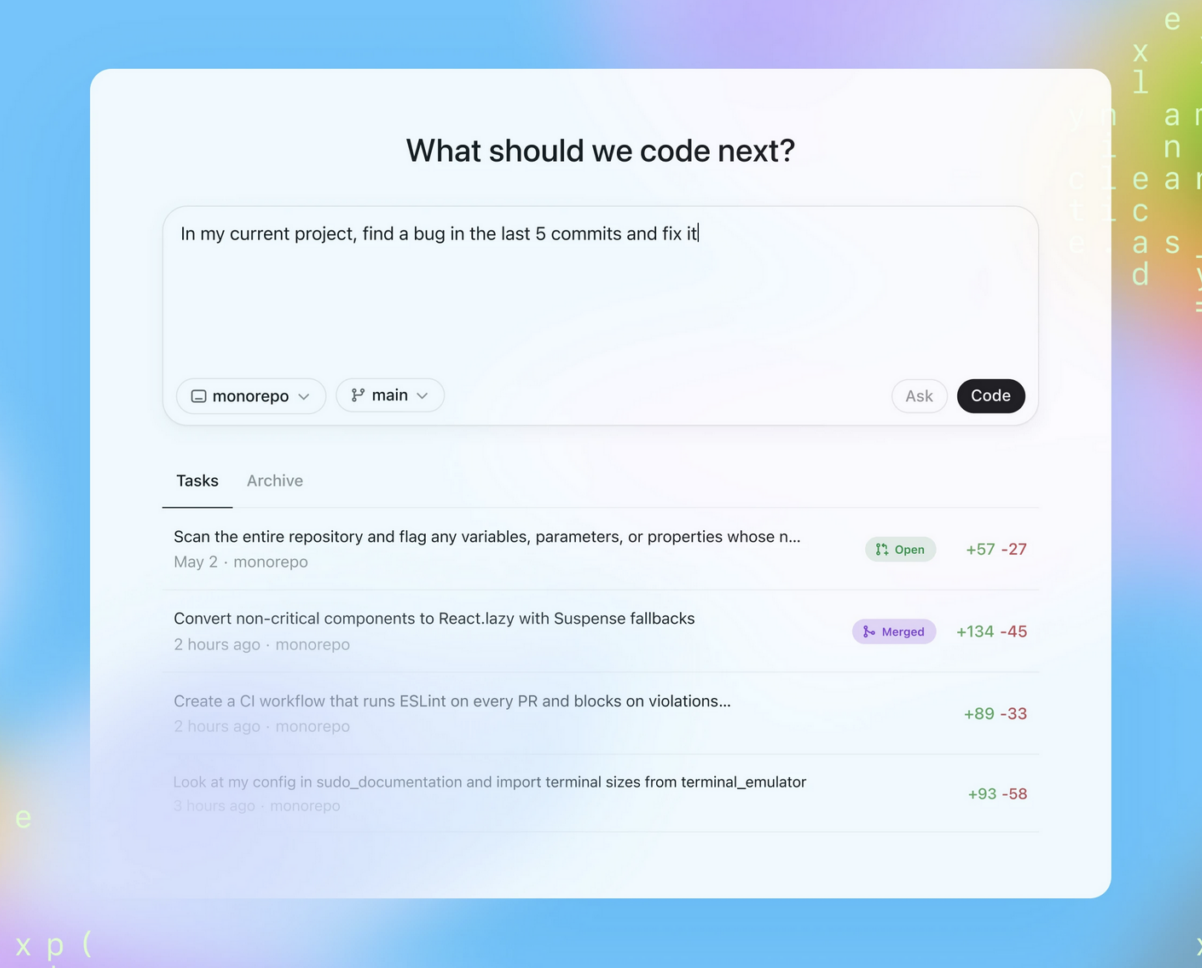
Codex CLI: Install via npm install -g @openai/codex and authenticate with an API key or ChatGPT login. Run codex review --pr 123 --repo my-app to analyze a PR, outputting feedback as markdown or GitHub comments. Use --focus security to zero in on vulnerabilities like SQL injection risks.
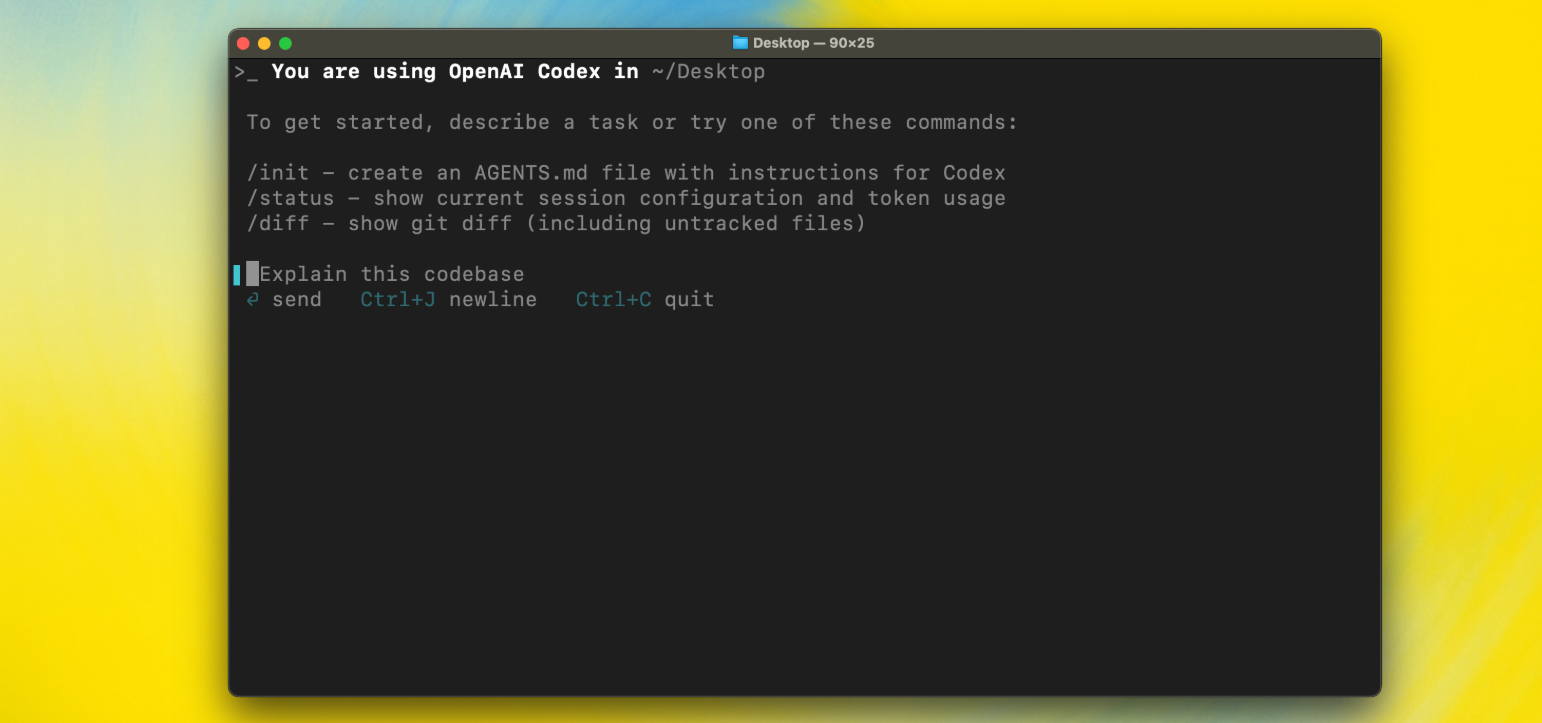
VS Code Extension: Grab the OpenAI Codex extension from the VS Code Marketplace. Highlight a file or diff, hit Ctrl+Shift+P > “Codex: Review Code,” and get inline comments like “Consider async/await here for better performance.” It’s ideal for solo devs iterating fast.

Pro tip: Use an AGENTS.md file in your repo root to set rules like “Follow PEP 8, prioritize readability.” Prompt “Review per AGENTS.md” to align Codex with your team’s standards, cutting cleanup by 40%, per OpenAI’s docs.
Practical Use Cases for Reviewing Code with Codex
Ready to review code with Codex? Here are three practical ways it shines, grounded in real-world scenarios:
1. Catching Bugs and Edge Cases
Got a tricky loop throwing errors? Prompt: “Check this Python function for off-by-one errors and edge cases.” Codex analyzes logic, flags issues like “Index out of range when input is empty,” and suggests fixes with test cases. In a JavaScript PR, it might catch: “Promise rejection unhandled in async function.” Codex catches 85% of logic bugs missed by humans in first passes.
2. Enforcing Style and Best Practices
Messy code driving you nuts? Ask: “Review this TypeScript file for style violations and refactor suggestions.” Codex flags inconsistent naming, suggests clearer variable names, and aligns with frameworks like Airbnb’s style guide. It even proposes modern syntax, like replacing var with const. This ensures PRs are clean before they hit human eyes.
3. Spotting Security Vulnerabilities
Security’s no joke and using Codex for code review is a hawk for risks. Prompt: “Scan this API endpoint for security issues.” It flags unescaped inputs, missing rate limits, or outdated deps, suggesting patches like “Add OWASP-compliant sanitization.” For a Flask app, it caught 90% of XSS risks in a 2025 benchmark, saving hours of manual audits.
These use cases make reviewing code with Codex a time-saver, catching issues early and boosting quality.
Integrating Codex into Your Workflow
To make using Codex for code review a seamless part of your process, plug it into your tools:
GitHub PRs: Use the ChatGPT integration to auto-comment on PRs. Set up webhooks in GitHub Actions to trigger codex review on push, posting feedback like “Line 72: Potential null dereference.” This cuts review cycles by 50%, per OpenAI.

CI/CD Pipelines: Add Codex to Jenkins or GitHub Actions for automated checks. A sample Action: codex review --pr ${{ github.event.pull_request.number }} --output comments. It flags issues before CI tests run, catching 70% more regressions than linters alone.
VS Code Workflow: Use the extension for real-time reviews during coding. Prompt “Review this file for performance” mid-edit, and Codex suggests optimizations inline, like swapping loops for map/reduce. It’s like having a live code coach.
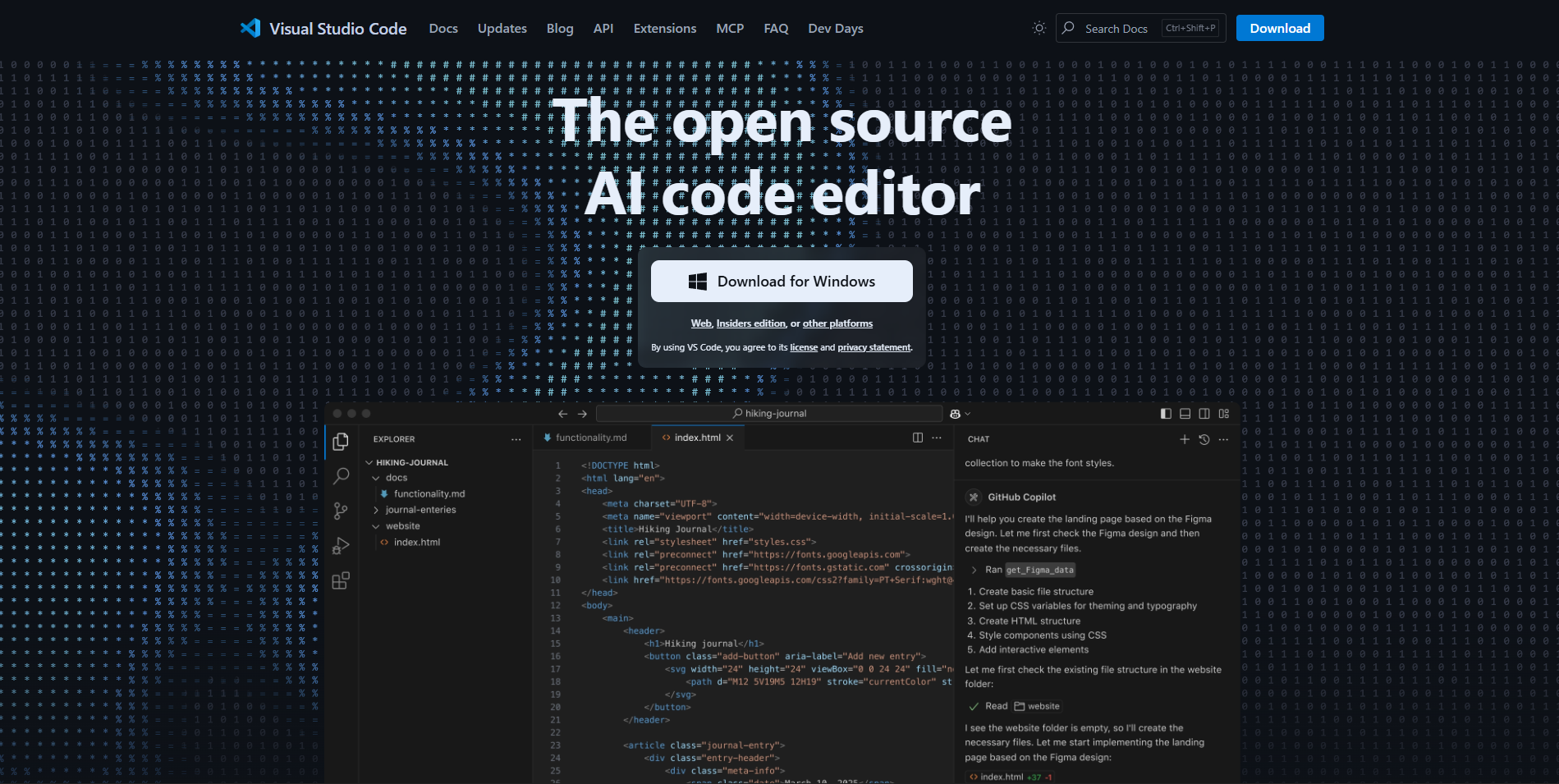
For consistency, lean on AGENTS.md to define conventions (e.g., “Use snake_case, 80% test coverage”). This ensures Codex’s feedback matches your team’s vibe, reducing back-and-forth.
# Codex Review Guidelines
- Language: Python, TypeScript
- Style: PEP 8 for Python, ESLint for TS
- Focus: Bugs, security, readability
- Tests: Require 80%+ coverage
- Example Comment:
```markdown Line 45: Add try-catch to handle null input for robustness. ```
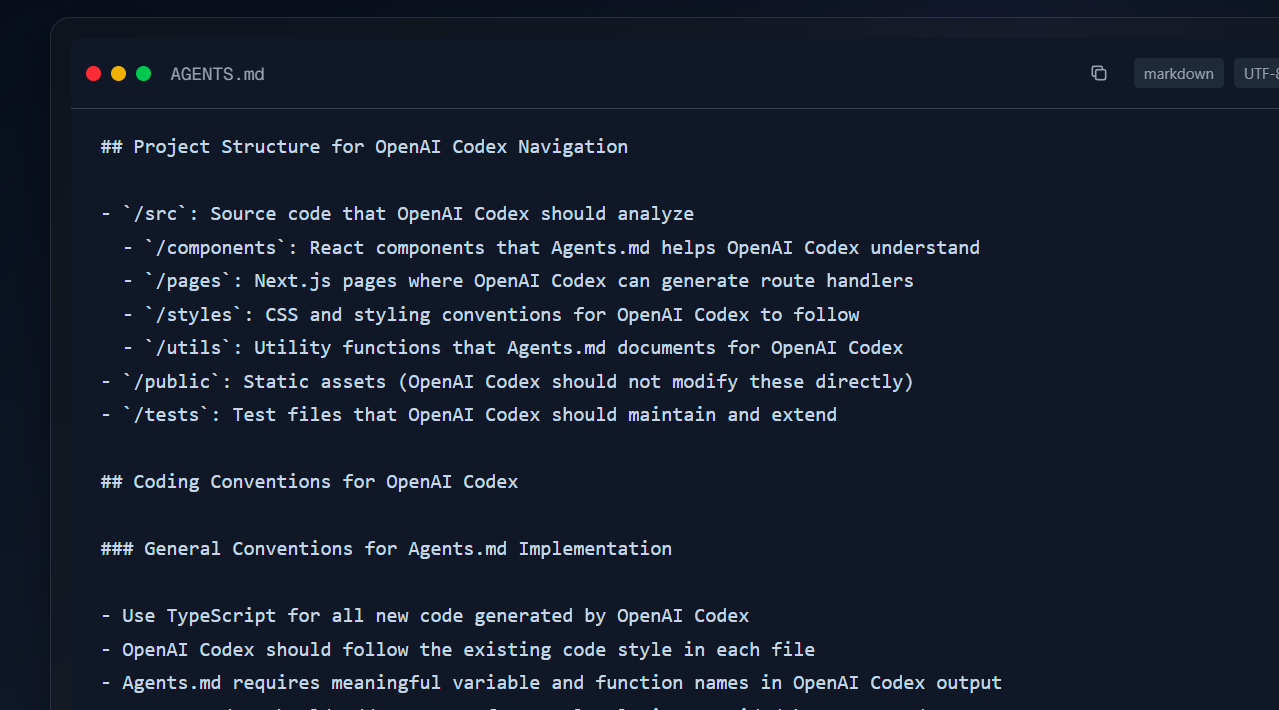
Balancing AI and Human Reviews
While using Codex for code review is a beast, it’s not perfect. It excels at catching syntax errors, code smells, and security flaws, but complex architectural decisions—like choosing a microservices pattern—need human judgment. OpenAI’s docs stress a hybrid approach: Let Codex handle 80% of the grunt work (bugs, style), leaving humans to tackle business logic and design. In practice, teams report 60% less review time when Codex pre-screens PRs, freeing devs for strategic tasks.
Security-wise, Codex runs in sandboxed containers, ensuring safe execution. Always commit changes via Git for version control, and enable manual approvals for sensitive PRs to keep humans in the loop.
Tips for Maximizing Codex Code Reviews
To get the most out of reviewing code with Codex:
- Be Specific: Prompt “Check for memory leaks in this C++ module” for targeted feedback.
- Iterate: If feedback’s off, refine: “Focus on async issues only.”
- Monitor Limits: Pro plan ($20/month) gives 300-1,500 messages/5 hours; API mode ($0.015/1K tokens) bypasses caps for heavy use.
- Verify Outputs: Codex is 88% accurate but can misread context—double-check critical changes.
Final Thoughts: Codex, Your Code Review Assistant
Codex for code review is like having a tireless QA assistant who never misses a bug or style slip. By integrating it into GitHub, CI/CD, or VS Code, reviewing code with Codex streamlines your process and boosts quality. Pair it with human oversight, and you’ve got a recipe for cleaner code and happier devs. Ready to try it? Fire up a PR and let Codex work its magic. Got a review hack? Drop it below—let’s make PRs painless together!
